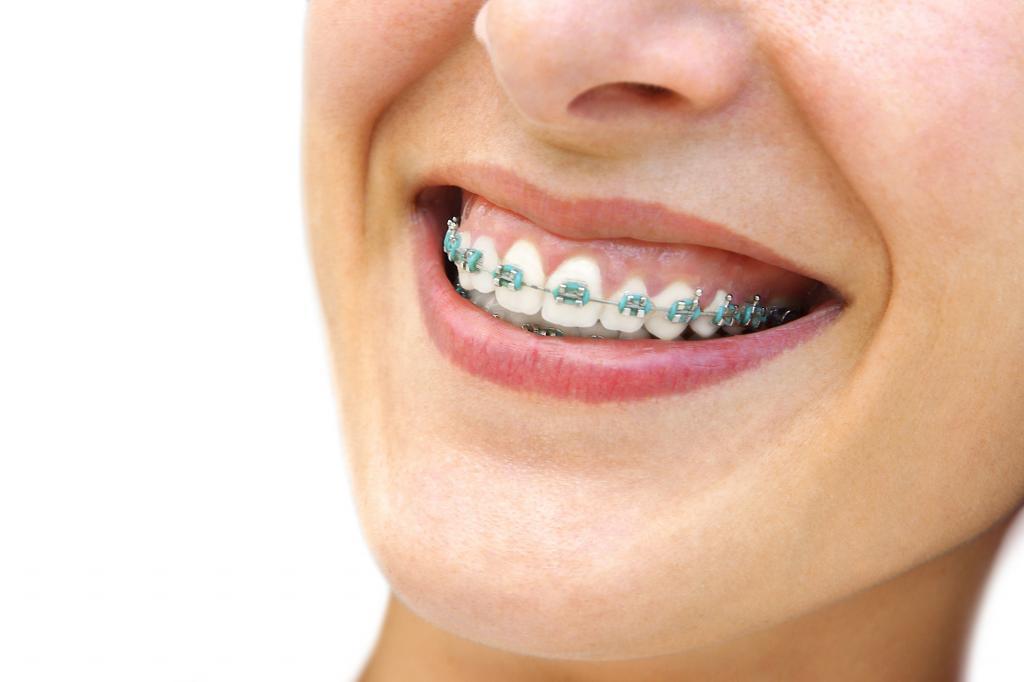A frenum, also know as a frenulum or freanulum, is a fold of tissue that occurs in several places in the body. The function of the frenum is to serve as an anchor for a semi-mobile body part, such as the tongue or lips. If you have visited your orthodontist for yourself or your child to correct the bite and align teeth because of a large gap (Diastema) between the front teeth, your dental specialist may have referred you to have a procedure called a Frenectomy to remove the small fold of tissue between the front teeth. This procedure is typically performed by an oral surgeon at the end of treatment with braces to remove an overgrowth of tissue ( the frenum) between the front teeth to prevent the gap from reappearing once orthodontic treatment is finished.
What is the success rate of a frenectomy to maintain the smile and prevent a relapse of the gap between the front teeth?
Every person is different and your smile is unique as well, when it comes to orthodontic treatment , the answer depends on the cause of the gap. There a some common causes for an anterior diastema (Gap) between the front teeth:
- Oral habits: Thumb or finger sucking or habitual thrusting of the tongue forward with swallowing (Tongue thrusting)
- Hereditary factors: Some people inherit their smile with traits such as a large upper arch that provides more space than needed for the collective size of their teeth. Perhaps they have missing teeth, small teeth or sometimes all three!
- An overgrowth of the labial frenulum tissue between he teeth that did not allow the front teeth to come together during normal growth and development
- Birth anomalies of the upper jaw (maxilla): Alveolar Cleft (a ridge in the bone of the upper jaw) which is usually associated with conditions like cleft lip and/or palate
Each of these causes can contribute to the relapse of an anterior diastema (Gap) between the front teeth, meaning there aren’t any guarantees that a frenectomy itself will prevent the gap from relapsing without proper orthodontic maintenance utilizing retainers.
Oral habits can pose the greatest challenge to maintaining proper alignment of your smile and are most often the cause of gap to reappear. The tongue is very strong and provides more force than can be maintained with a retainer alone. Working with a myofunctional therapist to retrain the tongue can sometimes be a part of your treatment plan.
Hereditary factors and birth anomalies often times require additional care to close the space between the front teeth. Sometimes these additional care items, such as cosmetic restorations or bone grafting, will be combined with a frenectomy. Other times, a frenectomy is not a necessary procedure and Dr. Escott will explain your maintenance plan after orthodontic treatment in our Orange County or Lake County office.
An overgrowth of the labial frenulum tissue between the front two teeth is the most common reason for a referral for a frenectomy. Case studies have shown that a labial frenectomy does not offer any measure of guarantee that the diastema will not relapse. An overgrowth of scar tissue over time can gradually push the teeth apart, especially if retainer wear is not consistent.
Should my child wait until they are older to begin orthodontic treatment with or without a frenectomy?
The American Association of Orthodontists (AAO) recommends children have their first visit starting at age 7 to screen for any patterns that may require early intervention. Most of the time, young children will be placed in an observation status to monitor their growth and development until they have their permanent teeth. Sometimes, there are conditions present that require early intervention such as
- Open- bite from thumb/finger sucking or tongue-thrusting
- Cross-bite which affects the growth of one or both jaws
- Severe crowding preventing permanent teeth from erupting
Dr. Escott provides a complimentary visit to check for anything that might require early intervention. If it’s not time to get started, the patient is enrolled in our Dive Buddies Program and will receive their own T-Shirt!
The Dive Buddies program is a fun way to introduce young children to being in an orthodontic office in a fun and positive manner. Escott Orthodontics has partnered with general dentists and pediatric dentists both Orlando and Mount Dora to serve children in Orange County and Lake County.
What is right for my smile or my child’s smile?
Dr. Escott will review the orthodontic records, which consist of x-rays, photos, and the medical and dental health history, to determine if the procedure would be right for the patient’s customized treatment plan. The most conservative approach will be determined for the individual smile whether you or your child have elected to have braces or clear aligners like Invisalign.
In addition to a customized orthodontic treatment plan, all of our patients at Escott Orthodontics will have a maintenance plan that includes retainers and after care for a new smile. Without proper maintenance, all patients run the risk of orthodontic relapse.
When considering if a frenectomy is right for your child getting ready for orthodontic treatment, it’s best to schedule an appointment. Call or text us! 352-383-6166
Myofunctional Therapist: https://aomtinfo.org/myofunctional-therapy/
Clear aligners: https://www.suresmile.com/device-fabrication/suresmile-aligners/
Braces: https://www.healthline.com/health/dental-and-oral-health/how-are-braces-put-on
American Association of Orthodontists: https://www.aaoinfo.org/_/parents-guide/



